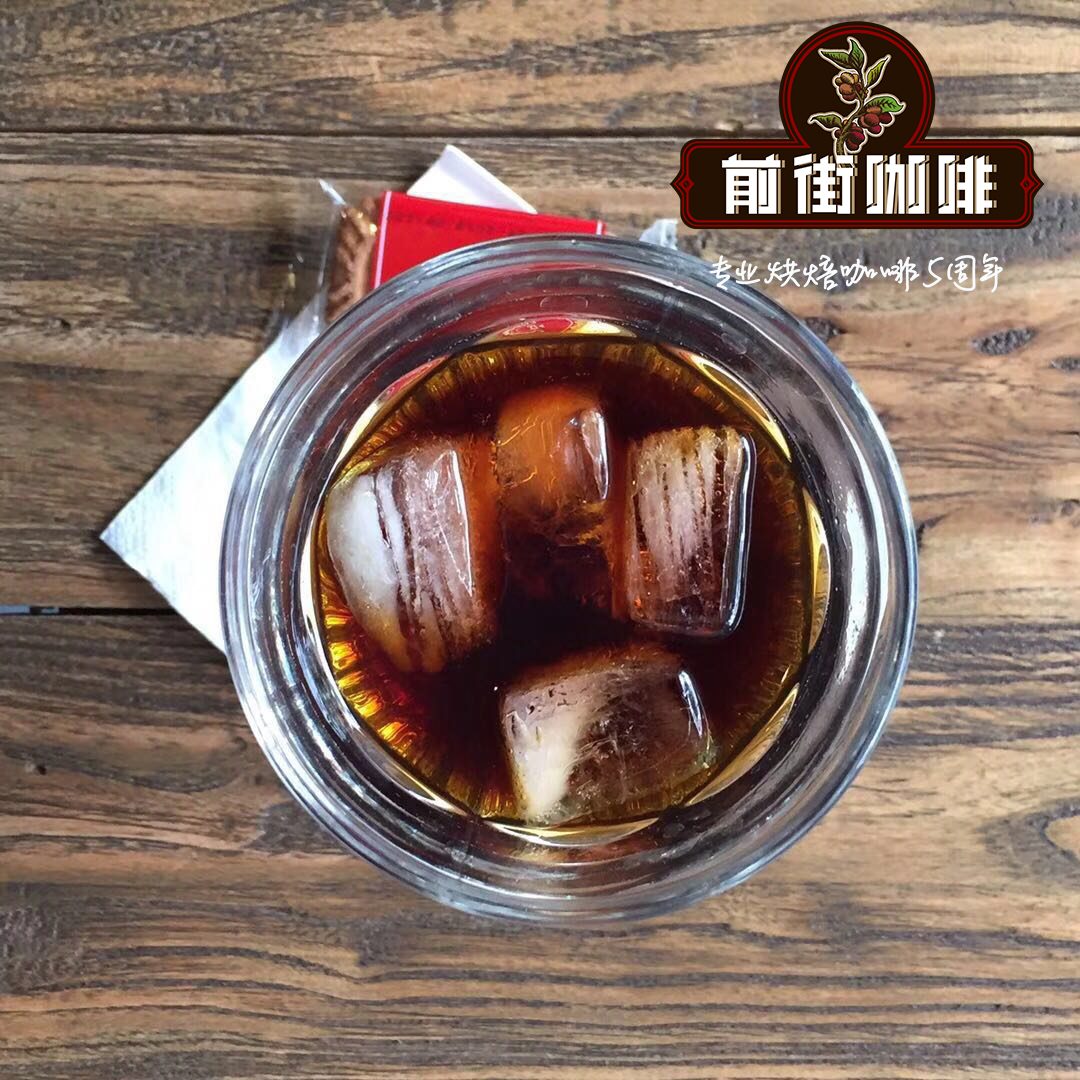What's the flavor of Yemeni coffee? How do you drink Yemeni coffee? What are the famous coffee beans in Yemen?

Professional coffee knowledge exchange more coffee bean information please follow the coffee workshop (Wechat official account cafe_style)
The application of coffee beans, which originated in Ethiopia, is difficult to trace back in history. As for the records of coffee drinks made by human beings, it will be in Yemen in the 15th century. Local Sufi Muslims (Sufi Muslim) drink coffee at religious ceremonies to promote sectarian unity and refresh believers. Soon after, coffee drinks spread all over the Red Sea, reached Istanbul, and spread to Europe and India in the 16th century.
Yemen is located in the Arabian Peninsula of the Asian continent, across the Red Sea and Africa, generally classified as African beans. When it comes to Yemen, what most people think of directly is Mocha! As a matter of fact, Mocha is a port in Yemen. in the past, almost all the attached coffee was exported from the port of Mocha, and all mocha became synonymous with coffee and has been in use ever since. In fact, the port of Mocha disappeared long ago because of blockage! But because of traditional habits, coffee beans from many other countries (such as dried Ethiopian beans) are still marked with mocha. There are many spellings of the word mocha, such as Moka, Mocha, Mocca, etc., but Mokha is closest to the original Arabic. There are several famous producing areas in Yemen, such as San'ani, Mattari, Hirazi, Rimy, and Dhamari. These areas produce many high-quality sun beans. Because of the sun treatment, the size of coffee beans is often different, sometimes mixed with corn and other cereals. Also because it is sun beans, so the taste with the feeling of the sun and wild flavor. Generally speaking, Yemeni coffee has a unique character, wild, complex and exciting, especially the charming sour wine and deep dark chocolate taste that many people like, but some people think that Yemeni coffee beans are bitter. Anyway, this is the unique Yemeni coffee bean.
Yemen has a long history of growing coffee. By the early 17th century, Yemeni coffee beans began to be exported to Europe from the southwestern port of Mocha. Europeans called the coffee beans shipped from the port of Mocha "mocha coffee". Ethiopia, which is across the Red Sea from Yemen, later used the port of Mocha to export coffee beans, so that coffee beans treated in the sun in Ethiopia are often regarded as mochas.
Yemeni coffee is still grown in much the same way as it was five hundred years ago, almost all on mountain slopes as high as 3000 to 7000 feet. Due to the lack of rainfall, it is necessary to rely on the strong water retention capacity of coffee trees to survive the dry period. The bad growth conditions make the coffee beans smaller, but the hardness is quite high. The varieties of Yemeni coffee are also quite complex, including adzuki bean Ismaili and the ancient heirloom, as well as Adeni and Mattari.
Yemeni coffee is a kind of sun treatment, where the fruits are usually exposed to the sun on the courtyard or roof after harvest, and some of them are even harvested after being dried directly on the trees (this method is called floating).
Dried fruit must be ground and shelled. Today, Yemen still retains the ancient way of shelling stone, which is pulled by camels or donkeys.
There are many coffee producing areas in Yemen, and Mattari in Bani Matar (Bany Mattar) province is the most famous, and it is also the highest quality coffee exported in Yemen.
In the early days, the port of Mocha, which was heavily responsible for export, had many names and spellings, such as Mocha, Mokka, Moca, Moka, Al-Mocha, Al-Makha. Wait. The port of Mocha was later abandoned due to siltation and is now exported from the eastern port of Aden and the northern port of Hedda (Hodeida).
Qianjie Coffee also has such a unique coffee, Yemeni Moka Matali. With 89 degrees water to cook, the entrance is a strong dark chocolate flavor, slowly round grape acid emerged, the rich layers are very surprising.
Qianjie coffee: Guangzhou bakery, the store is small but a variety of beans, you can find a variety of unknown beans, but also provide online store services. Https://shop104210103.taobao.com
Important Notice :
前街咖啡 FrontStreet Coffee has moved to new addredd:
FrontStreet Coffee Address: 315,Donghua East Road,GuangZhou
Tel:020 38364473
- Prev

Jamaica Blue Mountain Coffee rsw how to drink Jamaica Blue Mountain Coffee? Flavor of Jamaican Blue Mountain Coffee
Professional coffee knowledge exchange more coffee bean information please follow the coffee workshop (Wechat official account cafe_style) Blue Mountain Coffee is a high-quality Caribbean coffee, like other countries affected by natural hurricanes caused damage, seen too many damaged bean cups tested and taste like kale, every hurricane hit the year the price is always affected or even completely
- Next

Yemeni coffee flavor Yemeni coffee characteristics Yemeni boutique coffee
For more information on coffee beans, please follow the coffee workshop (official Wechat account cafe_style). Yemeni coffee is immediately reminiscent of the magical sun-dried beans that taste thick and full, and the fantasy wild aroma of fermented tea in its aftertaste is stacked, full of mystery and elusiveness and infinite longing like the country of Yemen. Yemen is located in Ethiopia across the Red Sea and East Africa in Asia.
Related
- Detailed explanation of Jadeite planting Land in Panamanian Jadeite Manor introduction to the grading system of Jadeite competitive bidding, Red bid, Green bid and Rose Summer
- Story of Coffee planting in Brenka region of Costa Rica Stonehenge Manor anaerobic heavy honey treatment of flavor mouth
- What's on the barrel of Blue Mountain Coffee beans?
- Can American coffee also pull flowers? How to use hot American style to pull out a good-looking pattern?
- Can you make a cold extract with coffee beans? What is the right proportion for cold-extracted coffee formula?
- Indonesian PWN Gold Mandrine Coffee Origin Features Flavor How to Chong? Mandolin coffee is American.
- A brief introduction to the flavor characteristics of Brazilian yellow bourbon coffee beans
- What is the effect of different water quality on the flavor of cold-extracted coffee? What kind of water is best for brewing coffee?
- Why do you think of Rose Summer whenever you mention Panamanian coffee?
- Introduction to the characteristics of authentic blue mountain coffee bean producing areas? What is the CIB Coffee Authority in Jamaica?

